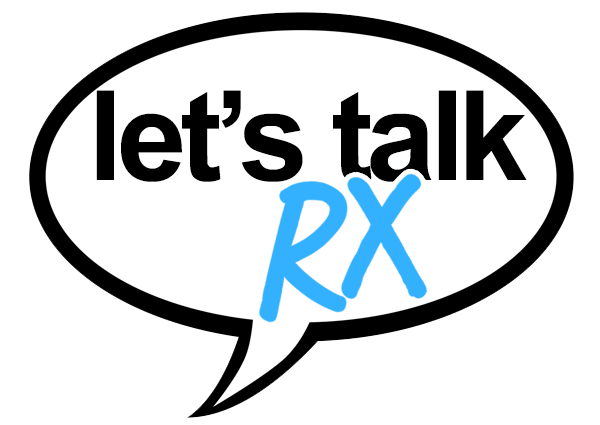For many people, COVID-19 symptoms go away after a week or two. But for others, the effects can drag on for months. This condition — commonly called long COVID — has changed how we think about recovery and chronic illness.
Here’s what experts know so far about long COVID, what symptoms to watch for, and what you can do if you’re still not feeling like yourself long after the virus is gone.
What Is Long COVID?
Long COVID (also known as post-COVID condition or PASC) refers to a wide range of symptoms that last weeks or even months after the initial COVID-19 infection has cleared. Some people develop symptoms even if their original case was mild or symptom-free.
The CDC defines long COVID as symptoms that:
- Last longer than four weeks
- Can’t be explained by another condition
- Interfere with daily life or functioning
Estimates vary, but it’s believed that 10–30% of people who get COVID-19 will experience lingering symptoms.
Common Long COVID Symptoms
Long COVID can affect multiple parts of the body, not just the lungs. Symptoms often come and go, and they may change over time.
Most commonly reported long COVID symptoms include:
- Fatigue or exhaustion, even after rest
- Shortness of breath
- Brain fog or trouble concentrating
- Headaches
- Loss of taste or smell
- Anxiety or depression
- Chest pain or rapid heartbeat
- Joint or muscle pain
- Digestive issues (nausea, diarrhea)
- Sleep disturbances
Some people also report new or worsened health conditions, such as high blood pressure, diabetes, or autoimmune flares after COVID.
Who’s Most at Risk?
Anyone who’s had COVID-19 can develop long COVID — even young, healthy people. But the risk may be higher for those who:
- Had a more severe case of COVID-19
- Were hospitalized during infection
- Are older adults or have chronic illnesses
- Had multiple COVID-19 infections
Women appear to be affected more often than men, and research is still ongoing to understand why.
How Long Does Long COVID Last?
For some, long COVID symptoms improve after a few weeks. For others, they persist for six months or longer.
There’s no single timeline, and recovery can be unpredictable. Some people experience relapses — days or weeks where symptoms return suddenly.
What You Can Do If You Think You Have Long COVID
There’s no official test for long COVID, but you don’t have to suffer in silence. If your symptoms are affecting your life, talk to your doctor.
You may benefit from:
- Bloodwork or imaging to rule out other causes
- Physical therapy or rehabilitation
- Cognitive or memory support (for brain fog)
- Mental health support for anxiety or mood changes
- Referral to a post-COVID care clinic
Many hospitals and universities now have dedicated long COVID programs to help people recover more fully.
Living With Long COVID
While there’s no cure yet, many people with long COVID do improve over time — especially with rest, support, and patience. Tracking your symptoms in a journal and pacing your activities can help prevent flare-ups.
Most importantly: You’re not imagining this. Long COVID is real, and you’re not alone. Research is ongoing, and more resources are becoming available every day.








